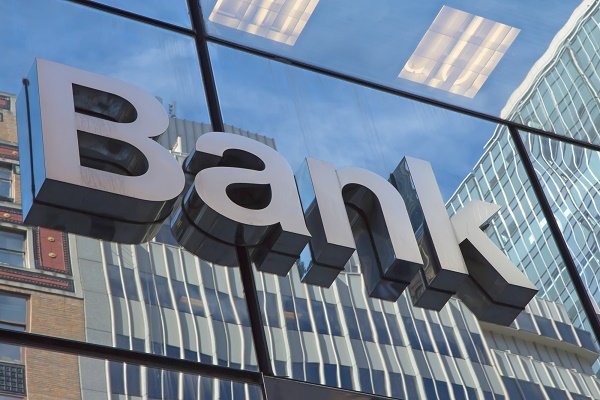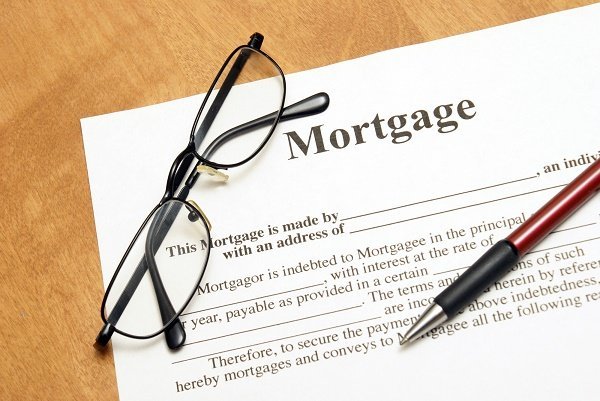Overseas investors: tricks to financing your property investment in Europe
Overseas commercial property investments have taken off over the last year, but the striking thing is that, compared to before, my clients are choosing low yield high-quality property. When I say low yields, I mean in the range of
Four reasons why financing is important
- leverage: getting a loan can increase yields
- options: more choice or larger properties become available
- taxes: loan interest is deducted from the revenue, reducing the tax base
- quality: subject to bank appraisal, loans only granted for good property
Now take a look at this real example. One of my clients bought a retirement home in Germany in 2015 on the following terms:
| Lease term | 25 years with no right of cancellation |
| Tenant | Major management company on the market since 1945 |
| Type of rent | NN lease (tenant pays 80% of maintenance costs) |
| LTV ( |
60% |
| Loan term | 15 years |
| Interest rate | 2% per annum |
| Repayment of the principal (balloon loan) | 2% per annum |
The yield (annual rental revenue divided by property value) was 6.3% and the project IRR (Internal Rate of Return including, but not limited to, the proceeds obtained from the loan) was approximately 8% excluding buying, tax and management expenses. This model is calculated according to the assumption that the property sells in 15 years with similar yields, minus maintenance and major repair costs.

Last year, we also managed to obtain over 10% IRR for a client simply by leveraging the investment and structuring the deal correctly. Our client, a Russian investor, was looking to purchase commercial property with 70% LTV on a 2% fixed interest rate per annum. His aim was simple — earn stable revenue in a reliable foreign currency — which is exactly what we achieved and more. The property was nothing spectacular; in fact, it was a rather ordinary investment that came with a
No loans on your first investments
To become
How to get the bank’s trust
- Buy your first couple of properties outright, with no loans.
- When they are making a profit, you will have verified income and saleable assets.
- When buying a third property, refinance the whole asset portfolio to increase the chance of getting 70% LTV.
- Get an EU residence permit, this will make the situation almost ideal.
The volume of financing is also important: bigger loans are more attractive to banks and get better terms.
-> Investing for your pension: how to build a balanced portfolio
Invest in low-risk and easy-to-sell property
If you want a loan to finance your overseas property, make sure you are investing in reliable
-> Retirement homes: ageing population makes for good investments
The property type will determine your financing options, as banks have their own criteria pertaining to real estate projects they consider viable or not. For instance, nearly all banks will finance high street retail premises, but only some are willing to consider retirement homes. This is mainly because
Buyer expenses
|
| Property transfer tax | 5.0% |
|---|---|
| Real estate agent commission | 3.0% |
| Notarial fees | 1.5% |
| Due diligence, lawyer and tax advisor fees | 0.5% |
| Paperwork and fees for opening an account | €1,000 |
When investing in
-> Due diligence: a short guide for foreign investors
Loans and lending terms: payment structures and interest rates
There are different kinds of loans. A balloon loan is when the interest is paid as a lump sum at the end of the term. An amortizing loan sets a schedule for principal and interest repayments during the life of the loan. Interest rates are commonly fixed (the same throughout the term) or variable (depending on inflation, bond yields, Euribor, Libor).

Some loans can be paid off before the end of the term, while others forbid this. The most expensive loans come with fixed rates and an early repayment clause. In the case of
Adopt a balanced financial strategy
Much like yields on commercial property, the more you leverage your investment, the more risk you take on. Here are the two worst situations you should avoid at all costs:
- negative but not critical: you use a loan to buy property and when the agreement expires, your interest rates go up. You have to refinance the property on a higher rate and yields decline.
worst-case scenario: the loan agreement expires as the market undergoes a “correction” and prices drop by 20%. If this happens before you pay off the major part of your principal, the bank can consider your investment is risk and demand you to recapitalise.
-> Yields and profit strategies for real estate investors
The solution is simple: adopt a balanced approach to borrowing and never delay paying out the principal: aim to reimburse at least

If the market situation is good,
Early repayment is not profitable for banks because they borrow from a Central Bank and lend to you. So if everybody paid off their loans early, the banks would still be indebted to this financial institution, meaning that if you try repay your loan early, they will probably fine you.
The maximum loan term shouldn’t exceed 20 years, but if you can manage it,
Clauses to check before getting a loan
- variable or fixed loan interest rate
- early repayment and penalties
- cancellation terms if selling property before expiry
- refinancing option prior to expiry date
- terms and conditions regarding recapitalisation obligations
Covenant risks
Loans always include covenants (terms and conditions) imposed by the bank on certain actions that are either authorised or prohibited during the loan term. Excluding the standard obligations, the contract can include the following provisions for commercial property investments:
- the bank can request you to pay off the debt before the loan has reached the end of its term. If you can’t pay, the bank will repossess the property and put it up for auction.
- the bank can ask you to recapitalise if there is a sudden loss of value (e.g., the market falls by 20%). If you can’t, it can be foreclosed or they can offer another credit line.
- the bank gets the legal rights to the property if you are late with payment.
Loans on commercial property with
These are my top recommendations for clients who want to get a loan on good terms and minimise risk:
- buy one or two properties without a loan to boost confidence with banks
- choose good property with quality tenants and
long-term lease contracts - balance your borrowing strategy and don’t bite off more than you can chew
- take
a 10–15 year loan to maximise leverage and keep costs down - don’t pay back early, but get the option to extend it before expiry
- pay off the interest first and the principal closer to the end of term
- review your covenant clauses carefully and evaluate your risks
George Kachmazov, managing partner at Tranio
We will send you a content digest not more than once a week
Golden Visa in UAE for nurses: benefits in 2024
Residence permit in Indonesia (KITAS) in 2024
Tranio case: buying an apartment in Madrid and obtaining Spain Golden Visa
Spanish citizenship by investment in property in 2024
Hungary Golden Visa Program — Residence Permit by Investment in 2024